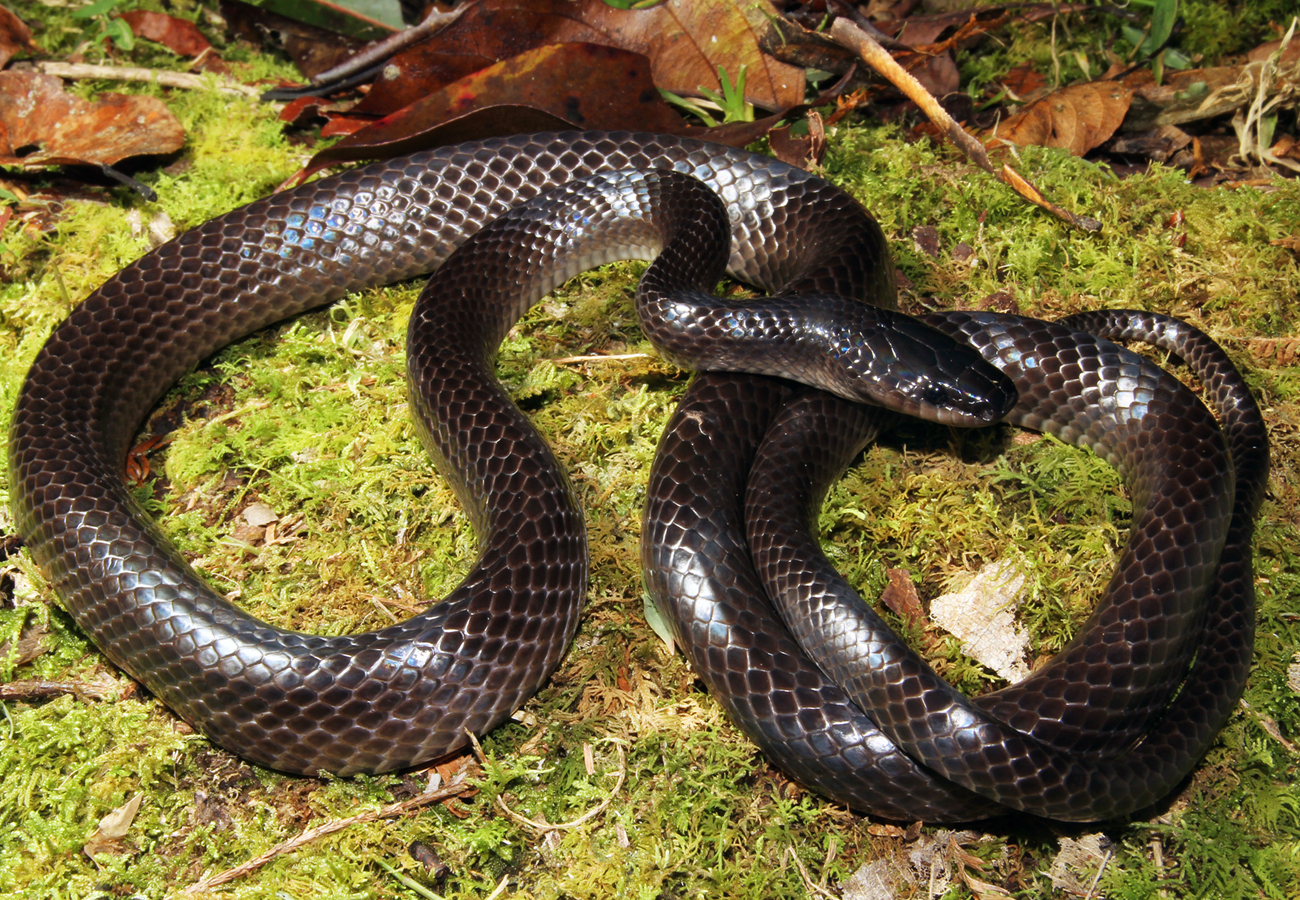Abstract
In a recent study, Hortal et al. (2015) recognized seven shortfalls of knowledge that hamper our understanding of biodiversity. Three of these are of particular importance for drawing conservation strategies for ecological indicator species, among which we can count the amphibians (Simon et al. 2011): the Linnean shortfall describes ‘the knowledge incongruity between the described species and the remaining species yet to be described’ (Brown & Lomolino 1998); the Wallacean shortfall defines ‘paucity of knowledge about the actual distribution range of the species’ (Lomolino 2004); and the Darwinian shortfall refers to ‘lack of knowledge about the tree of life and evolution of lineages, species and traits’ (Diniz-Filho et al. 2013).
References
Bachman, S., Moat, J., Hill, A.W., de la Torre, J. & Scott, B. (2011) “Supporting Red List threat assessments with GeoCAT: geospatial conservation assessment tool.” In: Smith V, Penev L (Eds) e-Infrastructures for data publishing in biodiversity science. ZooKeys, 150, 117–126. (Version BETA)
https://doi.org/10.3897/zookeys.150.2109
Brown, J.H. & Lomolino, M.V. (1998) Biogeography. 2nd Edition. Sinauer, Sunderland, Massachusetts, 691 pp.
Dahanukar, N., Sulakhe, S. & Padhye, A. (2017) Identity of Sphaerotheca pluvialis (Jerdon, 1853) and other available names among the burrowing frogs (Anura: Dicroglossidae) of South Asia. Journal of Threatened Taxa, 9 (6), 10269–10285.
https://doi.org/10.11609/jott.3358.9.6.10269–10285.
Dinesh, K.P., Radhakrishnan, C., Channakeshavamurthy, B.H., Deepak, P. & Kulkarni, N.U. (2020) A Checklist of Amphibians of India with IUCN Conservation Status. Version 3.0. updated till April 2020. Online only. Available from: http://zsi.gov.in (accessed 13 November 2020)
Dinesh, K.P., Vijayakumar, S.P., Channakeshavamurthy, B.H., Torsekar, V.R., Kulkarni, N.U. & Shanker, K. (2015) Systematic status of Fejervarya (Amphibia, Anura, Dicroglossidae) from South and SE Asia with the description of a new species from the Western Ghats of Peninsular India. Zootaxa, 3999 (1), 79–94.
https://doi.org/10.11646/zootaxa.3999.1.5
Diniz–Filho, J.A.F., Loyola, R.D., Raia, P., Mooers, A.O. & Bini, L.M. (2013) Darwinian shortfalls in biodiversity conservation. Trends in Ecology & Evolution, 28, 689–95.
https://doi.org/10.1016/j.tree.2013.09.003
Frost, D.R. (2020) Amphibian Species of the World: an Online Reference. Version 6.0 Electronic Database. American Museum of Natural History, New York. Available from: http://research.amnh.org/herpetology/amphibia/index.html (accessed 03 April 2020)
Günther, A. (1859) Catalogue of the Batrachia Salientia in the collection of the British Museum. Taylor & Francis, London, xvi + 160 pp., 12 pls.
Hortal, J., Francesco de Bello, Diniz-Filho, J.A.F., Lewinsohn, T.M., Lobo, J.M. & Ladle, R.J. (2015) Seven shortfalls that beset large-scale knowledge of biodiversity. Annual Review of Ecology, Evolution, and Systematics, 46, 523–549.
https://doi.org/10.1146/annurev-ecolsys-112414-054400
Lomolino, M.V. (2004) Conservation Biogeography. In: Lomolino, M.V. & Heaney, L.R. (Eds.), Frontiers of Biogeography: new directions in the geography of nature. Sinauer Associates, Inc., Sunderland, Massachussets, pp. 293–296.
Padhye, A., Dahanukar, N., Sulakhe, S., Dandekar, N., Limaye, S. & Jamdade, K. (2017) Sphaerotheca pashchima, a new species of burrowing frog (Anura: Dicroglossidae) from western India. Journal of Threatened Taxa, 9 (6), 10286–10296.
https://doi.org/10.11609/jott.2877.9.6.10286–10296.
Prasad, V.K., Dinesh, K.P., Das, A., Swamy, P., Shinde, A.D. & Vishnu, J.B. (2019) A new species of Sphaerotheca Gunther, 1859 (Amphibia: Anura: Dicroglossidae) from the agro ecosystems of Chota Nagpur Plateau, India. Records of Zoological Survey of India, 119 (3), 197–210.
https://doi.org/10.26515/rzsi/v119/i3/2019/132173
Rao, C.R.N. (1937) On some new forms of Batrachia from S. India. Proceedings of the Indian Academy of Sciences Section B, 6, 387–427.
Simon, E., Puky, M., Braun, M. & Béla, T. (2011) s.n. In: Frogs and toads as biological indicators in environmental assessment. Biology, Ecology and Uses, Frogs, pp. 141–150.


